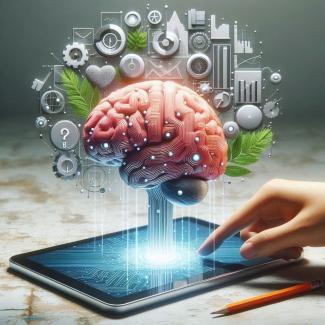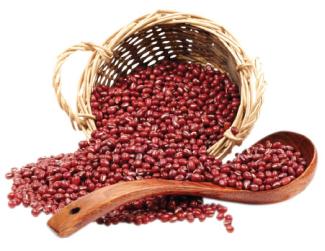Welcome to our comprehensive resource on internal organs, where you can explore the fascinating world of human anatomy and physiology. Our content covers a wide range of topics, including the structure, function, and health of vital organs such as the heart, lungs, liver, kidneys, and digestive system. Discover detailed explanations, illustrations, and the latest research findings that enhance your understanding of how these organs work together to sustain life. Whether you're a student, a healthcare professional, or simply curious, our informative articles and resources will provide valuable insights into the complexities of the human body.
In traditional medicine systems such as Ayurveda, Traditional Chinese Medicine (TCM), and various folk medicine practices, the fenugreek plant has been used for a wide range of health-related purpo
Folic acid, also known as vitamin B9, plays a vital role in numerous bodily functions, ranging from DNA synthesis to cell growth and division.
Folic acid, also known as vitamin B9, is a water-soluble vitamin that plays an essential role in many physiological functions in the human body.
Headaches are among the most common ailments experienced by people worldwide. They can vary greatly in their intensity, duration, and underlying causes.
Longevity and quality of life are deeply intertwined with physical activity, as confirmed by decades of scientific research.
Taking care of your brain is essential for maintaining overall health and well-being. Here's a detailed guide on the best ways to care for your brain:
Natural laxatives are substances that can help promote regular bowel movements and relieve constipation.
Eggs have been a subject of debate when it comes to their impact on heart health due to their cholesterol content.
Azuki beans, also known as adzuki beans, are small red beans that have been a staple in Asian cuisine for centuries.









